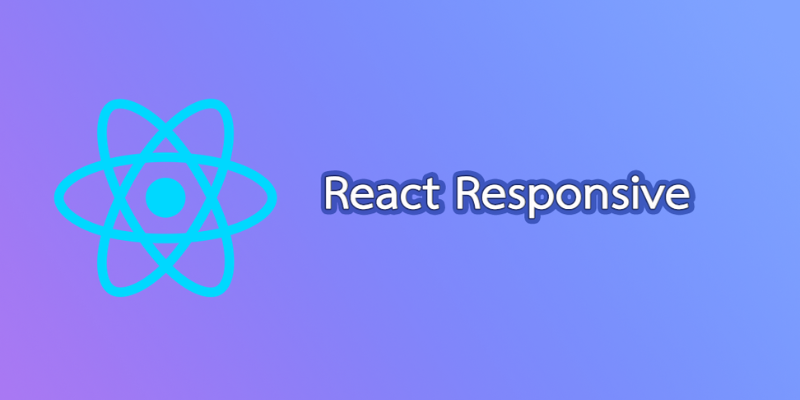Responsive design ensures that web applications adapt seamlessly to various devices, enhancing user experience across platforms. In React JS, achieving responsiveness involves employing several techniques that leverage its component-based structure and virtual DOM. For those looking to master these techniques, enrolling in React JS Training in Hyderabad can provide the necessary skills and knowledge.
Using CSS Media Queries
Implementing CSS Media Queries for Responsive Layouts
CSS media queries allow developers to apply different styles based on device characteristics such as screen width and orientation. React components can dynamically adjust their appearance and layout by conditionally applying CSS classes, ensuring responsiveness across devices.
Implementing Flexbox and Grid Systems
Leveraging Flexbox for Flexible Layouts
Flexbox provides a powerful way to create flexible layouts in React JS, allowing components to adjust dynamically to different screen sizes. By defining flexible containers and specifying alignment and spacing properties, developers can create responsive designs that adapt to varying content and device dimensions.
Utilizing CSS Grid for Grid-Based Layouts
CSS Grid offers a grid-based layout system that facilitates the creation of complex, multi-column designs in React JS. By defining grid containers and items, developers can achieve responsive layouts that automatically adjust based on available screen space, optimizing the display of content across devices. For those interested in learning more about implementing CSS Grid in their projects, a React JS Training in Pondicherry offered by FITA Academy can provide comprehensive insights and hands-on experience.
Leveraging Responsive Frameworks and Libraries
Integrating Bootstrap for Responsive Components
Bootstrap and similar frameworks provide pre-built components and responsive grid systems that integrate seamlessly with React JS. By leveraging these frameworks, developers can accelerate development while ensuring consistency and responsiveness across different devices and screen sizes.
Enhancing UI with Material-UI Components
Material-UI offers a library of React components designed according to Google’s Material Design principles, optimized for responsiveness and accessibility. Integrating Material-UI components enables developers to build visually appealing and responsive interfaces that enhance user experience on diverse devices.
Optimizing Images and Media for Different Devices
Implementing Responsive Image Techniques
In React JS applications, optimizing images for responsiveness involves techniques such as lazy loading, responsive image resizing, and using modern HTML5 features like the <picture> element with <source> tags. These practices help reduce page load times and ensure that images display appropriately across various screen resolutions and device types.
Testing and Debugging Across Devices
Using Developer Tools for Responsive Testing
Testing responsive designs in React JS requires simulating different device resolutions and orientations using developer tools like Chrome DevTools. By inspecting layout behavior, debugging issues, and fine-tuning responsive features, developers can ensure a consistent and seamless user experience across a wide range of devices and browsers.
Achieving responsive design in React JS involves implementing CSS media queries, utilizing flexible layout systems like Flexbox and CSS Grid, integrating responsive frameworks and libraries, optimizing media content, and thorough testing across devices. By adopting these techniques, React developers can create web applications that deliver a responsive and engaging user experience across diverse platforms and screen sizes. Enrolling in a React JS Course in Pondicherry can help developers gain the skills needed to master these responsive design strategies.

